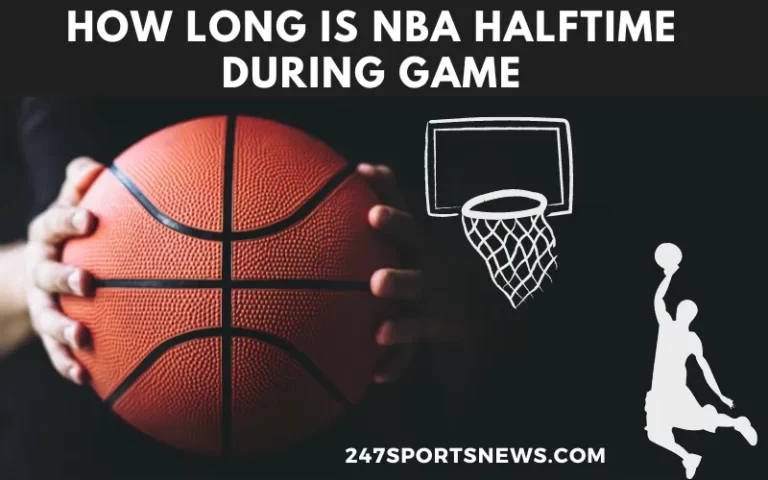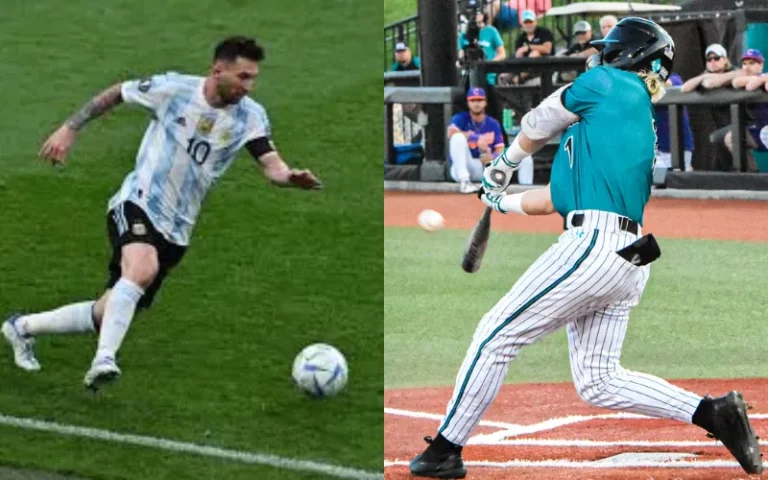What is the Paint in Basketball? | Detail Explanation
It is referred to as “the paint” because this portion of the court is typically painted a different color than the remainder of the basketball court. Since most of the activity takes place here, the painting may be the most dynamic part of the court. The three-second violation, where an attacking player is prohibited from remaining in the paint for more than three seconds, is a frequent infraction in this region. If you have more interest in what is the paint in basketball, then further read the article below.
Why is it called the Paint in Basketball?
The region of the floor within the key or free-throw lane is known as the “paint” in basketball. The rectangular space between the baseline and the free-throw line is important. The painted portion of the key that is typically painted a distinctive color from the rest of the court is known as the paint.
The fact that this area is frequently designated with paint on the basketball court is where the name “paint” originates. The key is a fairly small space, and the paint especially refers to the part of the key nearer the basket. Because of the restricted defensive rules that must be followed when guarding an offensive player who is driving toward the basket from this region, it is also sometimes referred to as the “restricted area.”
The paint is a significant component of the basketball court since it is important for several game-related functions, including scoring, rebounding, and defensive posture. It is frequently a disputed space where participants try to defeat their rivals by using strength and skill.
How to Paint Basketball Court?
Keep in mind that painting a basketball court is a serious project that involves cautious preparation and attention to detail.
Here, I can describe the required items and procedures for painting a basketball court:
Items required:
- Court paint for basketball (usually latex or acrylic-based paint).
- Paintbrushes and rollers
- Plaster tape
- Tape measure
- For marking lines, use chalk or string.
- Stencils for writing or drawing logos (optional).
Procedures:
- Get the Court Ready:
Make sure there are no loose objects, dust, or debris on the court by properly cleaning it. If necessary, pressure wash or sweep the court.
- Mark the Lines:
The lines and bounds of the basketball court should be marked with chalk or thread. Mark the key, the baseline, the free-throw line, the three-point line (if applicable), and the sidelines (paint). The official rules of the sport restrict the court size and line placements, so be careful to follow them.
- Apply Line Tape:
Use painter’s tape to conceal the areas you wish to maintain the original color after drawing the lines (e.g., the areas outside of the lines). This will make it easier for you to paint with neat, straight lines.
- Begin Painting:
Begin painting the court with the basketball court paint. Use paint rollers for larger areas and brushes for more precise work, such as the key or free-throw line.
- Several Coats:
To achieve the necessary coverage and brilliant colors, you might need to apply several coats of paint, depending on the quality of the paint and the original color of the court.
- Add Lettering and Logos:
Make clean, unified designs with the use of stencils if you want to add lettering or logos to the court.
- Leave to Dry:
Before removing the painter’s tape or allowing any foot circulation on the court, let the paint completely cure.
- Examine and Touch-up:
Examine the court for any potential touch-ups or repairs after the paint has dried. Adjust as needed to keep the court looking fresh and professional.
Also, you should also be aware of any local basketball paint rules or restrictions surrounding court painting.
What is Acrylic Basketball Court?
A basketball court surface that has acrylic-based paint or coating applied to it is referred to as an acrylic basketball court. Due to their tenacity, weather resistance, and capacity to offer a constant playing experience, acrylic surfaces are a popular option for outdoor basketball courts as well as some indoor courts.
Due to its affordability and resistance to the environment, acrylic basketball courts are a popular choice for schools, parks, leisure areas, and outdoor community courts.
What is the Key of Paint in Basketball?
In the game of basketball, the terms “key” and “paint” are sometimes used synonymously to describe the same part of the floor. The key is a rectangular section on the court that runs from the baseline to the free-throw line. It is often referred to as the free-throw lane or the restricted area.
Depending on the level of competition, the key’s size might vary, but according to NBA and FIBA (International Basketball Federation) regulations, the key must be at least 16 feet wide. For most of its length, the NBA key is 16 feet broad, but it swells to 19 feet at the baseline.
Most basketball leagues, including the NBA and FIBA, forbid offensive players from lingering in the paint for longer than three seconds while their team has the ball.
The area of the court where the free-throw lane or key is located is referred to as the “paint” in basketball. It is a crucial region of the court and is a rectangular area that runs from the baseline to the free-throw line.
Basketball’s “restricted area” or “charge circle” is the term for the half circle in the paint. The key, or free-throw lane, is a semicircular arc that is situated underneath the basket.






